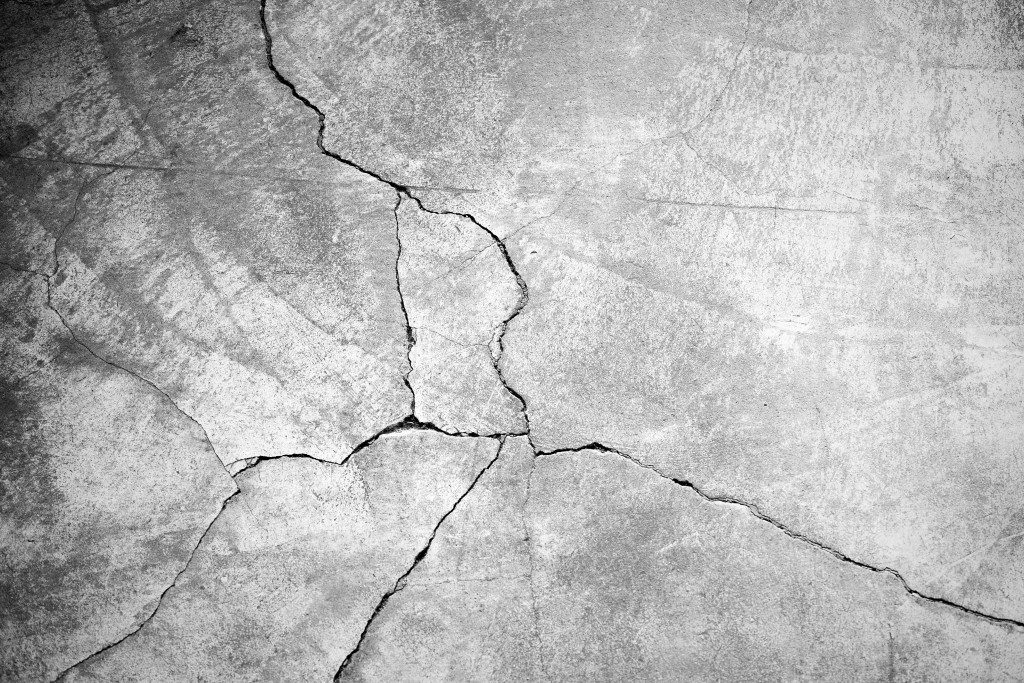Concrete is a great choice among many individuals looking for flooring options. The popularity of concrete surfaces is due to the low installation and maintenance cost. The constituent materials are also readily available in many parts of the world, hence the preference. Concrete is usually a mixture of water, gravel, sand, and cement. Construction workers pour the concrete mix and wait for it to cure. It is advisable that you conduct maintenance on your concrete surfaces to keep them looking new. Failure to follow the maintenance routine may cause your surfaces to have cracks. Concrete specialists use repair products for concrete cracks to restore cracked concrete surfaces. But what causes the cracks in concrete surfaces? Have a look at the common causes of cracks in concrete surfaces:
Poor Preparation
The concrete mixture should have the right proportions of every individual constituent material. Any error in the measuring of the individual materials compromises on the resultant concrete mixture. Pouring a wrongly prepared concrete mixture exposes your surface to potential cracks in the future. The cracks result in the structural weakness of the concrete surface.
Infiltration
When there is water leakage on the concrete surface, the water may seep into the concrete surface. Over time, the water will corrode the metal element beneath the concrete mixture. As a result, the material will begin to disintegrate and appear as cracks on the top surface.
Too Much Water
During the mixing process of the concrete mixture, the construction workers should put the right amount of water. Adding too much water increases the moisture content of the concrete mixture. The moisture will expand and cause the concrete mixture to crack. Also, applying such a mixture results in irregular concrete surfaces that cause construction problems.
Retraction
Just as too much water causes the occurrence of cracks, insufficient moisture content also causes the same problem. The cracking occurs because concrete tends to shrink in the absence of moisture. Mixing the right amount of water during the concrete preparation stage is not enough. Make sure that you pour enough water on the concrete during the curing stage to prevent cracking.
Poor Placement

After creating the right concrete mix, you should also ensure that you place it rightfully. The surface that you intend to pour your mixture onto requires preparation before the concrete pouring. Some of the preparation includes digging up and levelling.
Environmental Stress
Environmental factors such as sun, rain, and earthquakes cause the cracking of concrete surfaces. Therefore, the concrete preparation process should follow the right procedure. Maintaining your concrete surfaces also play a big role in ensuring that your surfaces remain free of cracks.
Understanding the causes of cracks in your concrete surfaces is the first step to getting rid of the cracks. Neglecting the cracks will cause further enlargement of the cracks, which can compromise the state of your surfaces. Once you notice a crack, consult with an expert in concrete repair for repair services immediately. The use of quality concrete crack repair products at an early stage of the concrete damage restores your concrete surfaces to their original state and prevents further damage.

